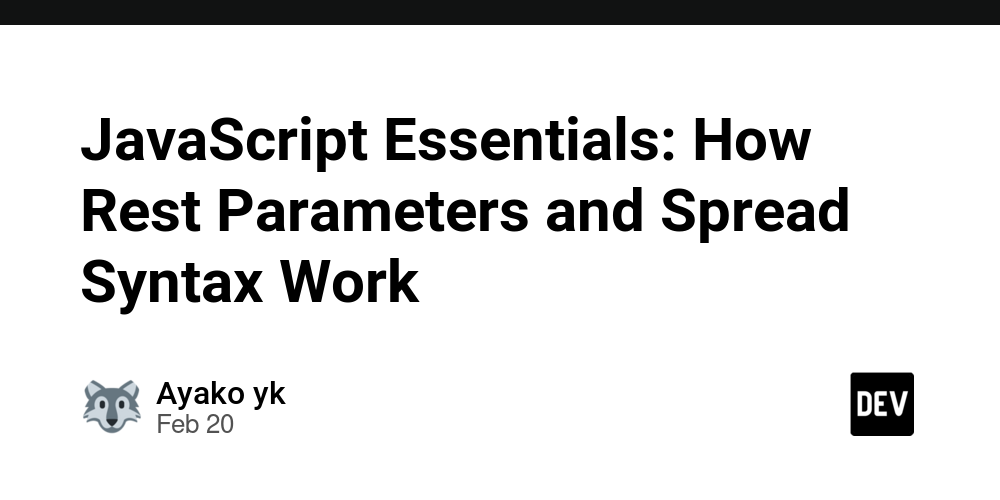Why Open-Source Alternatives Are Replacing OutSystems in 2025?
Originally published athttps://www.nocobase.com/en/blog/outsystems-open-source-alternatives. OutSystems' Hidden Costs Go Beyond Money OutSystems is a leader in enterprise low-code development. By deeply integrating generative AI tools into the software lifecycle, OutSystems empowers enterprises to rapidly build customer-oriented portals, customized core systems, and efficiency-boosting internal tools, establishing itself as a benchmark in enterprise application development. However, despite OutSystems' technical prowess, more enterprises are turning to open-source alternatives. When choosing OutSystems, companies often underestimate the long-term costs of closed-source low-code platforms. Four Core Pain Points from User Feedback 1.Steep Learning Curve While OutSystems' basic features are easy to use, advanced functionalities require certified developers. Users report that complex system integrations demand lengthy learning cycles. Limited community and third-party support mean users must rely primarily on official assistance when encountering issues. 2.Closed Technology Stack OutSystems employs a proprietary development architecture and dedicated language system. While visual interfaces lower initial barriers, they ultimately trap enterprises in closed ecosystems. Developers’ acquired skills aren’t transferable, and technological evolution depends entirely on vendor updates. 3.Limited Functional Extensions Despite offering rich pre-built components, OutSystems' closed-source nature restricts deep customization. Enterprises cannot move beyond official connectors and API management frameworks when implementing non-standard business logic. 4.High Ownership Costs OutSystems’ pricing is steep, especially for small businesses. Complex licensing models with user/object-based fees make even small projects budget-challenging. NocoBase: The Flexible Open-Source Alternative of Choice NocoBase is an open-source low-code platform built on a plugin architecture, designed to provide enterprises and developers with a flexible, extensible application development environment. ⭐️ Stars: 13.6k GitHub Link: https://github.com/nocobase/nocobase Core Features Open Technology Stack: NocoBase is fully open-source (core code and base plugins) using mainstream technologies (TypeScript, Node.js, React) without proprietary DSLs, avoiding technical lock-in. Data Model-Driven: Separates "data structure" from "interface usage," supporting complex relational modeling. Developers can establish relationships between tables and easily query/manipulate associated data via UI or API. Plugin Architecture: Designed for unlimited extension. Developers can freely create custom plugins for any requirement, bypassing dependence on vendor updates or closed ecosystems. Low Learning Curve: Intuitive drag-and-drop UI editor allows non-technical users to start quickly. Comprehensive documentation, tutorials, and active community support further reduce learning costs. Cost Advantage: Free open-source version + commercial licenses/plugins available as one-time purchases with lifetime validity. Use Cases NocoBase is ideal for: Enterprises need highly customized apps (CRM, ERP, ticket management). Teams wanting low-cost development without sacrificing extensibility/API capabilities. Organizations demand full control over databases, frontend frameworks, and business logic. Try NocoBase Now ! Demo: https://demo.nocobase.com/new Tutorials: https://www.nocobase.com/en/tutorials Documentation: https://docs.nocobase.com/welcome/introduction Other Leading Open-Source Alternatives 1. Appsmith ⭐️ Stars: 35.8k GitHub Link: https://github.com/appsmithorg/appsmith Features: Powerful API integration (REST/GraphQL/SQL). Drag-and-drop UI for dashboards/admin panels. Open-source and self-hostable. Use Cases: Multi-data source integration (CRM, financial systems). Internal tool development teams.

Originally published athttps://www.nocobase.com/en/blog/outsystems-open-source-alternatives.
OutSystems' Hidden Costs Go Beyond Money
OutSystems is a leader in enterprise low-code development. By deeply integrating generative AI tools into the software lifecycle, OutSystems empowers enterprises to rapidly build customer-oriented portals, customized core systems, and efficiency-boosting internal tools, establishing itself as a benchmark in enterprise application development.
However, despite OutSystems' technical prowess, more enterprises are turning to open-source alternatives. When choosing OutSystems, companies often underestimate the long-term costs of closed-source low-code platforms.
Four Core Pain Points from User Feedback
1.Steep Learning Curve
While OutSystems' basic features are easy to use, advanced functionalities require certified developers. Users report that complex system integrations demand lengthy learning cycles. Limited community and third-party support mean users must rely primarily on official assistance when encountering issues.
2.Closed Technology Stack
OutSystems employs a proprietary development architecture and dedicated language system. While visual interfaces lower initial barriers, they ultimately trap enterprises in closed ecosystems. Developers’ acquired skills aren’t transferable, and technological evolution depends entirely on vendor updates.
3.Limited Functional Extensions
Despite offering rich pre-built components, OutSystems' closed-source nature restricts deep customization. Enterprises cannot move beyond official connectors and API management frameworks when implementing non-standard business logic.
4.High Ownership Costs
OutSystems’ pricing is steep, especially for small businesses. Complex licensing models with user/object-based fees make even small projects budget-challenging.
NocoBase: The Flexible Open-Source Alternative of Choice
NocoBase is an open-source low-code platform built on a plugin architecture, designed to provide enterprises and developers with a flexible, extensible application development environment.
⭐️ Stars: 13.6k
GitHub Link: https://github.com/nocobase/nocobase
Core Features
- Open Technology Stack: NocoBase is fully open-source (core code and base plugins) using mainstream technologies (TypeScript, Node.js, React) without proprietary DSLs, avoiding technical lock-in.
- Data Model-Driven: Separates "data structure" from "interface usage," supporting complex relational modeling. Developers can establish relationships between tables and easily query/manipulate associated data via UI or API.
- Plugin Architecture: Designed for unlimited extension. Developers can freely create custom plugins for any requirement, bypassing dependence on vendor updates or closed ecosystems.
- Low Learning Curve: Intuitive drag-and-drop UI editor allows non-technical users to start quickly. Comprehensive documentation, tutorials, and active community support further reduce learning costs.
- Cost Advantage: Free open-source version + commercial licenses/plugins available as one-time purchases with lifetime validity.
Use Cases
NocoBase is ideal for:
- Enterprises need highly customized apps (CRM, ERP, ticket management).
- Teams wanting low-cost development without sacrificing extensibility/API capabilities.
- Organizations demand full control over databases, frontend frameworks, and business logic.
Try NocoBase Now !
Demo: https://demo.nocobase.com/new
Tutorials: https://www.nocobase.com/en/tutorials
Documentation: https://docs.nocobase.com/welcome/introduction
Other Leading Open-Source Alternatives
1. Appsmith
⭐️ Stars: 35.8k
GitHub Link: https://github.com/appsmithorg/appsmith
Features:
- Powerful API integration (REST/GraphQL/SQL).
- Drag-and-drop UI for dashboards/admin panels.
- Open-source and self-hostable.
Use Cases:
- Multi-data source integration (CRM, financial systems).
- Internal tool development teams.




















































%20Abstract%20Background%20112024%20SOURCE%20Amazon.jpg)






















































































































![[The AI Show Episode 142]: ChatGPT’s New Image Generator, Studio Ghibli Craze and Backlash, Gemini 2.5, OpenAI Academy, 4o Updates, Vibe Marketing & xAI Acquires X](https://www.marketingaiinstitute.com/hubfs/ep%20142%20cover.png)
























































































































































































































































-Nintendo-Switch-2-–-Overview-trailer-00-00-10.png?width=1920&height=1920&fit=bounds&quality=80&format=jpg&auto=webp#)





















_Anna_Berkut_Alamy.jpg?#)













































































































![YouTube Announces New Creation Tools for Shorts [Video]](https://www.iclarified.com/images/news/96923/96923/96923-640.jpg)





































































![[Weekly funding roundup March 29-April 4] Steady-state VC inflow pre-empts Trump tariff impact](https://images.yourstory.com/cs/2/220356402d6d11e9aa979329348d4c3e/WeeklyFundingRoundupNewLogo1-1739546168054.jpg)

































































